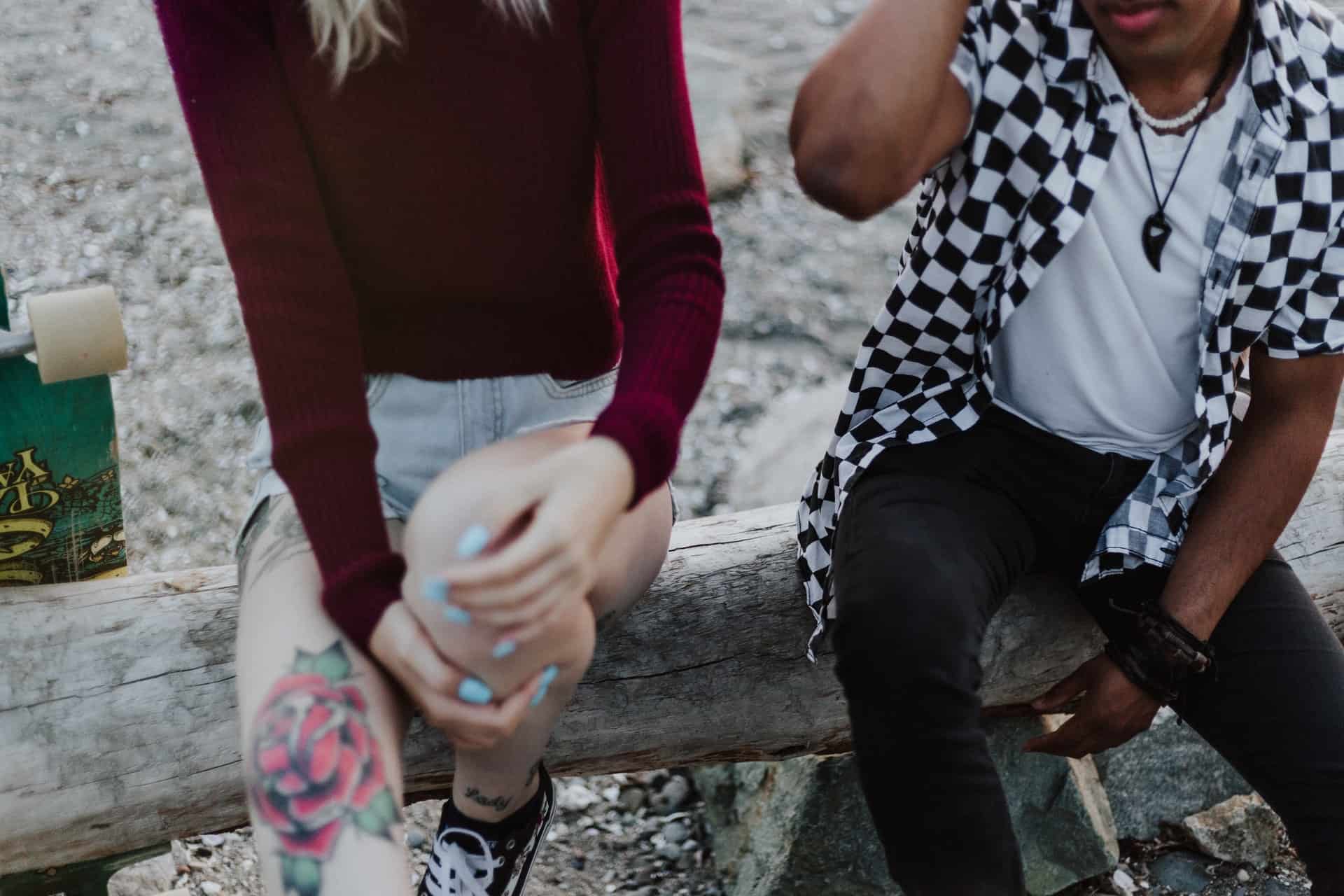“JUST THE FACTS” is a series focused on substance use and mental health written especially for young adults and their parents. It’s easy to understand and judgment-free, giving young adults just the facts they need to help them make informed choices.
“He just keeps making the same stupid choices over and over.”
“It’s their own fault.”
“She knows it’s bad to use drugs, so she needs to just stop!”
You’ve probably heard comments like this before. Perhaps they went through your own mind when thinking about a friend or a family member. But did you know addiction is a chronic brain disease that changes both brain structure and brain function?
A person’s initial desire to use alcohol, prescriptions, or illicit drugs may simply begin as a desire to feel good, to “do better”, or just plain old curiosity. But the fact is that those substances will eventually retrain, or remap, the brain so that it focuses on one thing and one thing only: the desire or craving to go back over and over to repeat that initial “reward” of the substance.
Those substances or behaviors are now training the brain to create a new pathway that ignores everything else, producing dramatic changes in brain function that reduces any ability to control your substance use.
The Surgeon General’s 2016 Report on “Facing Addiction in America” shows just how those changes come down to three primary effects on the brain:

- Enables substance-associated cues to trigger substance seeking, or craving that particular substance. According to the National Institute on Drug Abuse, substances affect the brain’s “reward circuit.” At first, it produces euphoria — but with repeated exposure, the circuit adapts to the presence of the drug, diminishing its sensitivity and making it hard to feel pleasure from anything besides the drug.
- Reduces the sensitivity of brain systems involved in the experience of pleasure or reward, and activates the brain stress systems. In short: without the substance, a person may experience withdrawal, including stress, anxiety, or depression, or feel physically ill.
- Weakens the functioning of brain executive control systems, such as thinking, planning, and other executive functions like decision making or self-control.
But if they just stop, does the brain heal itself?
Well, changes in the brain just don’t simply stop when a person stops. Those changes can persist and affect us long after substance use stops. At one time, it was believed that the brain couldn’t repair itself. But the brain is amazing, and science is showing us that the brain can be retrained.
Let’s use methamphetamine as an example. Meth use releases very high levels of the neurotransmitter dopamine in the reward circuit, which “teaches” the brain to repeat the pleasurable activity of taking the drug. It also affects motivation and motor function.
Studies now show meth use can cause both structural and functional changes in areas of the brain such as emotion and memory. These images from the National Institute of Drug Abuse illustrate just how the brain can recover, in part, after long abstinence from drugs:

In the first brain image on the left: take a look at the bright red and green section in the healthy person’s brain: that’s dopamine connecting with the brain’s dopamine transporters.
In the middle image, the dopamine is all but gone — that’s a person who abstained from meth use for just one month. On the far right, this person has not used meth in 14 months and you can see the brain is slowly restoring itself.
I’m confused: so they just have to stop?
It’s not that simple. Remember what we said about changes in the brain won’t simply stop when a person stops? Yes, the person does have to stop, but it’s getting treatment that will help retrain the brain by developing a new pathway that supports recovery.
When we say treatment, that can be any combination of support including behavioral therapy, family education, individual counseling, 12-step support, drug testing, and encouragement. Treatment for substance use disorder can also include a combination of medication-assisted treatment (methadone, buprenorphine, or naltrexone) plus behavioral therapies, or their combination.
If someone tries something just once, that doesn’t mean they will get addicted, does it?
Frankly, you don’t know. If that first use feels rewarding, a person may see that substance as both accessible and desirable. Making a repeated choice to use again can create both dependence and tolerance for that substance. Each person reacts differently and there are several reasons why one person can have an increased risk:
- If there is a family history of drug or alcohol use.
- If the person has a history of depression, anxiety, or ADHD.
- If the person has a history of trauma during their childhood or is facing it as a young adult. Trauma can take many forms, from all types of abuse to witnessing a crime or an accident, or exposed to crime or violence.
People may know the potential risks of drug use, but they may still choose to take the risk (and even ask others to join them), while others may not be aware of all the risks. Then, once they’re hooked, it can be very difficult to stop. Want to know more about the actual science behind this? Check out our expanded resource on “The Science of Addiction.”




